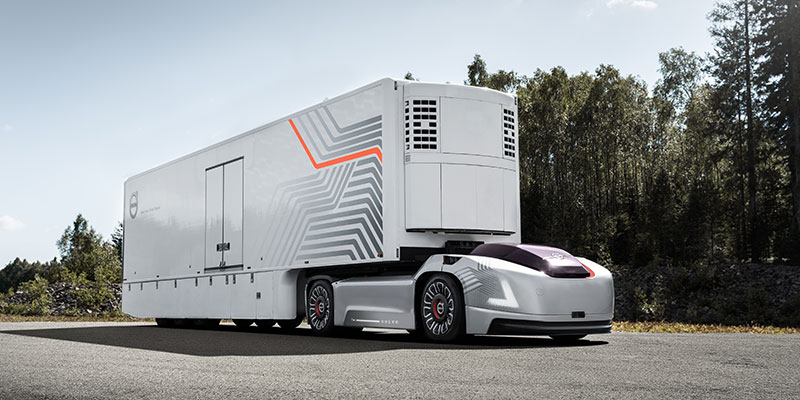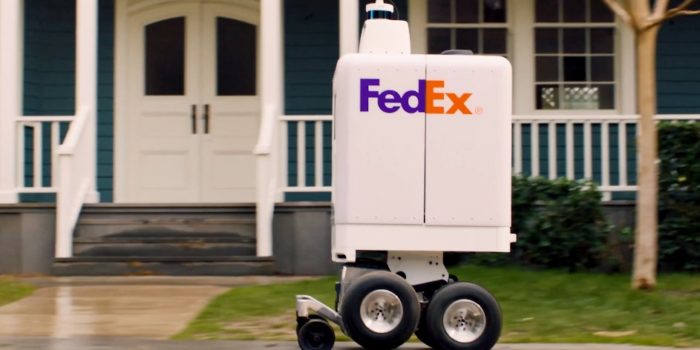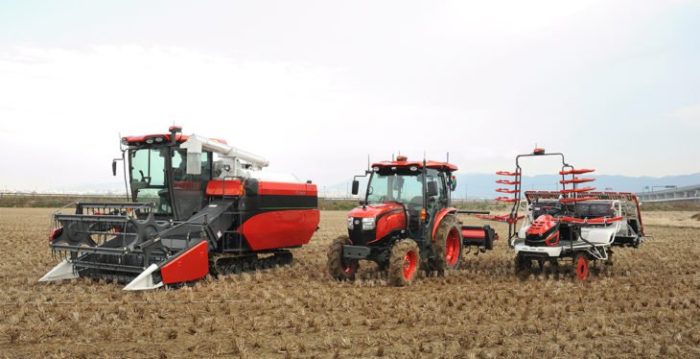We appear to be in the midst of a fundamental change in the housing market relating to demand, preferences, amenities, and need. In addition to the housing market, the retail sector is rapidly evolving from “going” shopping at brick and mortar stores to the expectation of at-home delivery of goods. Globally and locally, we’re on the precipice of a fundamental change to our transportation system. Much of this change can be attributed to rapidly progressing and evolving technologies. We know change is coming, but we do not know in what form or magnitude? Are we ready?
Our Changing Housing Market and Preferences
Our friends at the Realtor’s Association of Southern Kentucky (RASK) send us quarterly magazines published by the National Association of Realtors called On Common Ground. The Winter 2019 Edition titled “The Evolving Form of Housing” contained many articles and trends about today’s changing housing market and demand. While focusing on the national perspective it offered up several points that translate to our local market as summarized below.
Housing demand is changing:
- The demand for housing is outpacing the current supply especially at entry-level points in the market.
- Housing inventory is restricted for first time homebuyers, millennials, and baby boomers who want to downsize.
- For every 4 jobs created, only one housing permit is issued.
- Transportation costs and mobility are now being thought of as part of the housing affordability equation.
- Baby Boomers are looking for similar size or smaller dwellings, albeit more affordable homes in the suburbs, but still close to friends.
- Gen Xers are seeking larger homes to house themselves but also their aging parents and adult children over 18. In 2017, 26% of adults age 25-34 were living with their parents.
- Millennials tend to live in more urban environments than rural and want to live close to friends and family and have short commutes (drive less). They are slower to form households; having children later in life. Millennial marriage rates are 39% compared to 52% in 1990.
Family makeup is changing:
- Today, nuclear families make up only 20% of households
- 1950 – nuclear families made up 43% of households
- 1970 – nuclear families made up 40% of households
- 50% of households are 1 or 2 person households
- #1 household category is single people living alone
- #2 household category is couples with no children
Desires are changing:
- There is a fundamental mismatch between who we are today and what our housing stock looks like.
- Different mind sets have been brought on by a variety of factors: incomes/wages, increasing costs, (student) debt. The home affordability index is the lowest it has been since 2008.
- Home prices have increased 76% while wages have only increased 17% since 2012.
- 8% lower homeownership rates compared to previous generations.
- Highest average college debt (and overall debt) – $37,172 per graduate (up from $10K in 2011).
- People are willing to give up space to be near amenities like attractive public spaces, tree lined streets, walkable places to live and play.
- People want to live where they spend time outside of work.
- Cohousing or communal living is becoming more popular or maybe necessary.
While the information above is only a snapshot of our changing markets and demands, the magazine further expands on the difficulties in providing affordable housing, workforce housing, and other topics. Some suggestions are provided to local governments, zoning, and homebuilders on how to begin addressing the changing housing market. As planners, we try to be mindful of the trends and changes to the housing market and see how they relate to our local communities. In 2018, the City of Bowling Green Neighborhood and Community Services Department retained a consultant to study some specifics related to the housing market. A thorough analysis was completed for both rental and single family markets for all housing product types and income levels. The study includes input from public surveys, stakeholder groups, and partners such as social services organizations, the Realtors Association of Southern Kentucky, the local chapter of Apartments.com, and the Homebuilders Association. It is the hope of staff that this study will provide some insight into the level of housing types and products needed for both low income and market rate housing in our community. The study is expected to be completed this spring, so be looking for announcements for public meetings and presentations of this study.
Changes in Transportation and Delivery
Autonomous vehicles (driverless or technology assisted driving) is an estimated $550 billion dollar market. Billions have already been invested in development by every major vehicle manufacturing company in both passenger vehicle and freight movement. What does all this technology mean for our transportation system? Our workforce? Our communities? There are lots of unknowns.
Autonomous deliveries? Amazon delivered popcorn and a movie to a location in total of 13 minutes time from order to delivery. Sunscreen was delivered to beach-goers in California. Beer and food is being delivered to golfers on the course. Kroger and other grocery chains are testing driverless grocery delivery. Fed Ex just announced a robot delivery vehicle on the Tonight Show last month.
Autonomous Farming? Kubota is currently selling autonomous ‘driverless’ tractors on a trial basis, with the intention to launch the machines for full-scale sale as early as this year. John Deere held an employee training last year where an autonomous combine and an autonomous grain truck worked together to harvest the field. Only one operator was needed. Farming and food production continues to become a corporate venture.
Air taxis? If autonomous vehicles are becoming the present, then air taxis may be the future. Dubai has limited air taxi service in place with plans to expand.
No one knows the full impact any of these technologies will have on our future. Plans and planning will remain an important part to adapting to this evolving equation. Updating and modernizing plans, infrastructure, funding strategies and regulations will be a challenge for us all. The old cliché still holds true: the only thing that remains the same is change.






